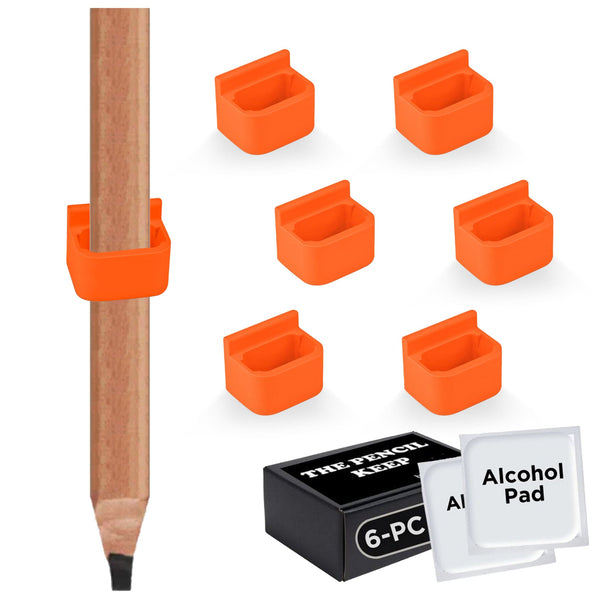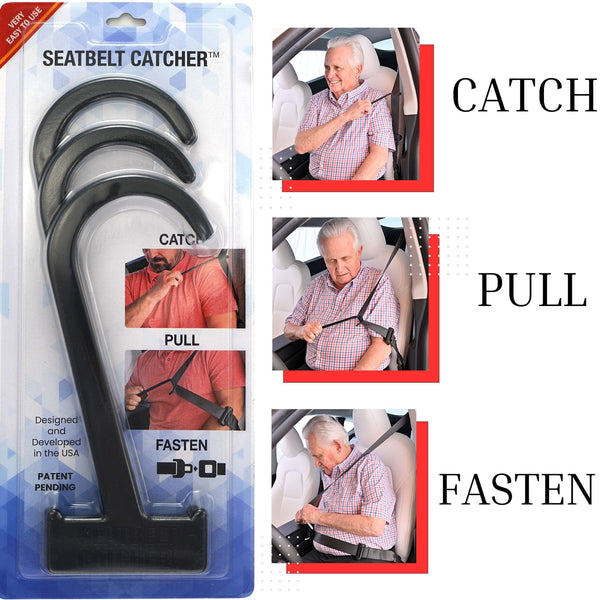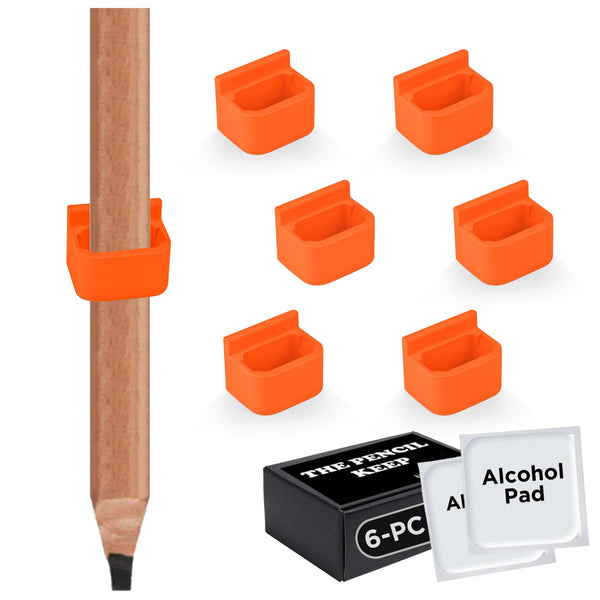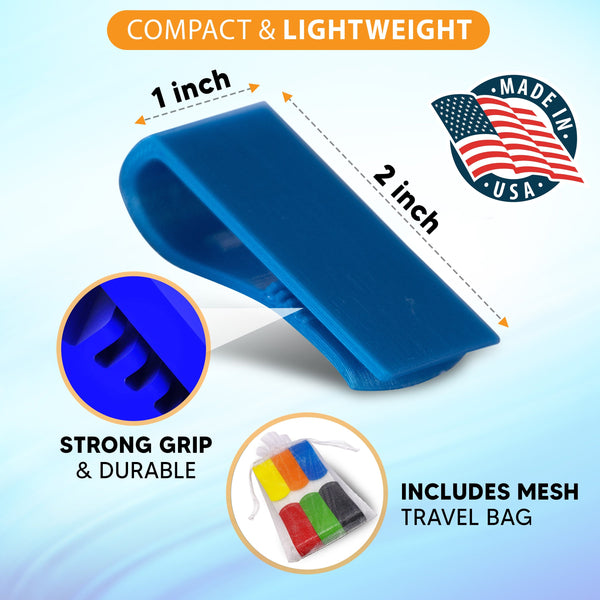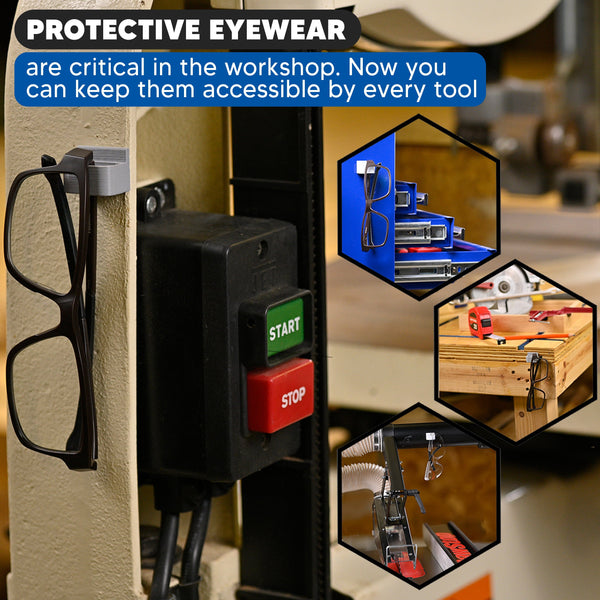If you're here, it’s likely that you’re navigating the rocky terrain of arthritis, and the thought of getting behind the wheel seems a bit daunting. You’re not alone in this journey. Many folks with arthritis face the daily challenge of managing joint pain while trying to maintain their independence and the freedom to drive. But the good news is that with a few thoughtful adjustments and practical tips, you can make driving a more comfortable and enjoyable experience.
Understanding Arthritis
Before we dive into how to manage your arthritis while driving, let’s take a moment to unpack what arthritis actually is. It’s an umbrella term that encompasses over 100 different conditions that affect the joints. The most common types include osteoarthritis, which is wear-and-tear arthritis, and rheumatoid arthritis, an autoimmune condition where the body mistakenly attacks its joints. Common symptoms include joint pain, stiffness, and inflammation, which can make even the simple act of gripping a steering wheel feel like a Herculean task.
Challenges of Driving with Arthritis
Driving is more than just getting from point A to point B; it involves a lot of physical movement—turning the steering wheel, operating the pedals, and even buckling up your seatbelt. But if you have arthritis, you might encounter a few bumps along the road. Let’s discuss some of the common challenges:
- Joint Pain: The most obvious challenge is the pain. It can flare up unexpectedly, making it tough to hold onto the steering wheel or press the pedals. The last thing you want while driving is for a sudden wave of pain to hit, causing you to lose focus.
- Stiffness: Mornings can be particularly rough for many people with arthritis. Stiff joints can turn a quick trip to the grocery store into a mini obstacle course of discomfort. It’s essential to find ways to loosen up before hitting the road.
- Fatigue: Chronic pain can be exhausting, both physically and mentally. This fatigue can affect your concentration and reaction times while driving, making it crucial to manage your energy levels.
We all know that driving requires not just physical capability but also mental alertness. So, how can you manage arthritis and still hit the road confidently? Let’s explore some effective strategies!

Tips for Managing Arthritis and Driving
So, how do we tackle these challenges head-on? Here are some handy tips to help you manage arthritis and driving effectively:
Adjust Your Seating Position
Your car’s seat is more than just a place to sit; it serves as your command center. Make sure to adjust your seat for comfort and convenience. Ideally, your knees should be slightly lower than your hips, allowing your legs to move freely and reducing strain. This can help mitigate stiffness and discomfort. And don’t forget to use that handy seatbelt catcher! It can be a lifesaver for those with limited mobility, making it easier to buckle up without straining.
Use Ergonomic Tools
Investing in ergonomic tools for your vehicle can make a world of difference in your driving experience. Steering wheel grips can help you maintain a firm hold without having to squeeze too tightly, while pedal extenders can make it easier to reach the pedals without overextending your legs. Additionally, specially designed seat cushions can help ease the strain on your joints, particularly if you have to spend long periods in the car. These small modifications can go a long way in minimizing discomfort while driving.
Consider Your Car's Features
When selecting a vehicle, consider models that are easier to operate with arthritis. Automatic transmissions can be easier on your joints than manual ones since you won’t have to engage the clutch. Features like keyless entry can save you from fumbling with keys. Additionally, many newer cars come equipped with heated seats, which can soothe your joints before you even hit the road. If you’re in the market for a new vehicle, take the time to look for features that can work in your favor.
Stay Active
Keeping your joints flexible is crucial for managing arthritis. Regular physical activity, even if it’s gentle exercises like swimming or stretching, can help maintain your range of motion and reduce stiffness. Consider incorporating a simple stretching routine before you drive. If you feel particularly stiff, do a few gentle stretches to loosen up those joints. Just remember to listen to your body—don’t push beyond your limits!
Take Breaks
Long drives can be particularly tough on your joints. If you’re heading out on a longer trip, plan to take frequent breaks. A simple five-minute stretch every hour can really make a difference in how you feel. Use this time to stretch your legs, walk around, or even just shift your seat position. You’ll be amazed at how much better you feel after a quick break. And remember, don’t rush; give yourself plenty of time to get to your destination safely.

Use a Steering Wheel Cover
Steering wheels can be notoriously hard on sensitive hands, particularly if your grip strength is compromised due to arthritis. Consider using a padded steering wheel cover that provides a better grip and is easier on the hands. A thicker grip can help you control your vehicle without straining your joints. Plus, these come in various colors and styles, letting you personalize your ride!
Keep Your Vehicle Organized
A cluttered car can make it hard to find what you need and can lead to awkward movements that aggravate your joints. Keep your vehicle organized and store essential items within easy reach. Consider using a small caddy or organizer to keep your belongings tidy without the chaos. If you’re grappling with a lot of items, try putting them in a bag that’s easy to access from the driver’s seat. A little organization goes a long way in making your drives more pleasant.
Know Your Limits
This is perhaps the most important tip of all. Understand your body and recognize when it’s best to take a break or even skip driving altogether for a day. If you’re feeling particularly achy or fatigued, it’s perfectly okay to ask someone for a ride or use public transportation. Your safety and well-being should always come first. Don’t be afraid to say no when you’re not feeling up to it; driving requires full attention and energy.
Managing Pain While Driving
In addition to the physical adjustments, it’s equally important to manage pain while driving. Here are some effective ways to handle discomfort on the road:
Use Heat and Cold Therapy
Applying heat or cold to your aching joints can provide some much-needed relief. A portable heating pad is perfect for long trips, while a cold pack can be easily stored in a cooler for refreshing breaks during stops. Just ensure you’re applying any form of therapy safely, as you don’t want to distract yourself while driving!
Pain Management Techniques
Consult your doctor about effective pain management options. This could include over-the-counter medications like acetaminophen or non-steroidal anti-inflammatory drugs (NSAIDs). Always follow your healthcare professional's guidelines and be mindful of any potential side effects that might affect your driving ability. Some might make you drowsy, so you’ll want to be cautious.
Relaxation Techniques
Stress can often exacerbate pain, so incorporating relaxation techniques into your routine is essential. Deep-breathing exercises, mindfulness practices, or even listening to calming music while you drive can help keep you relaxed and focused on the road. If you find that anxiety creeps in while driving, creating a playlist of your favorite and most relaxing tunes can help set the right mood.

The Importance of a Seatbelt Catcher
Earlier, we touched on how that seatbelt catcher is more than just a nifty accessory; it's a crucial tool for anyone dealing with mobility, neck, back or joint pain. This simple device helps you buckle up without reaching too far back or straining your arms, which can be particularly difficult if your shoulders or back are stiff. A seatbelt catcher allows you to maintain proper safety without added discomfort. So make sure you have one handy—it’s a game changer!
When to Seek Help
If driving becomes increasingly difficult due to your arthritis, it might be time to consult with an occupational therapist or a driving rehabilitation specialist. These professionals can offer tailored advice and solutions specific to your needs, ensuring you can maintain your independence while staying safe on the road. They can help assess your vehicle for ergonomic adjustments and provide personalized strategies to make driving more manageable.
Finding Support and Community
It’s also worth mentioning that you're not alone in this struggle. Many organizations and support groups focus on arthritis and chronic pain. Connecting with others who understand what you're going through can be incredibly uplifting. Sharing tips and experiences may lead to new solutions and a sense of community that can make your day-to-day life more enjoyable.
Final Thoughts
Living with arthritis doesn’t have to mean giving up the freedom of driving. By making a few adjustments, using the right tools, and being mindful of your body, you can continue to hit the road confidently and comfortably. Remember, the goal is not just to drive but to enjoy the journey. Whether it’s a quick jaunt to the local grocery store or a road trip to your favorite destination, managing arthritis and driving can be a smooth ride with the right approach.
So buckle up (safely with that seatbelt catcher!) and embrace your independence. Safe travels, friends! Remember: with the right strategies, you don’t have to let arthritis dictate your driving adventures.
